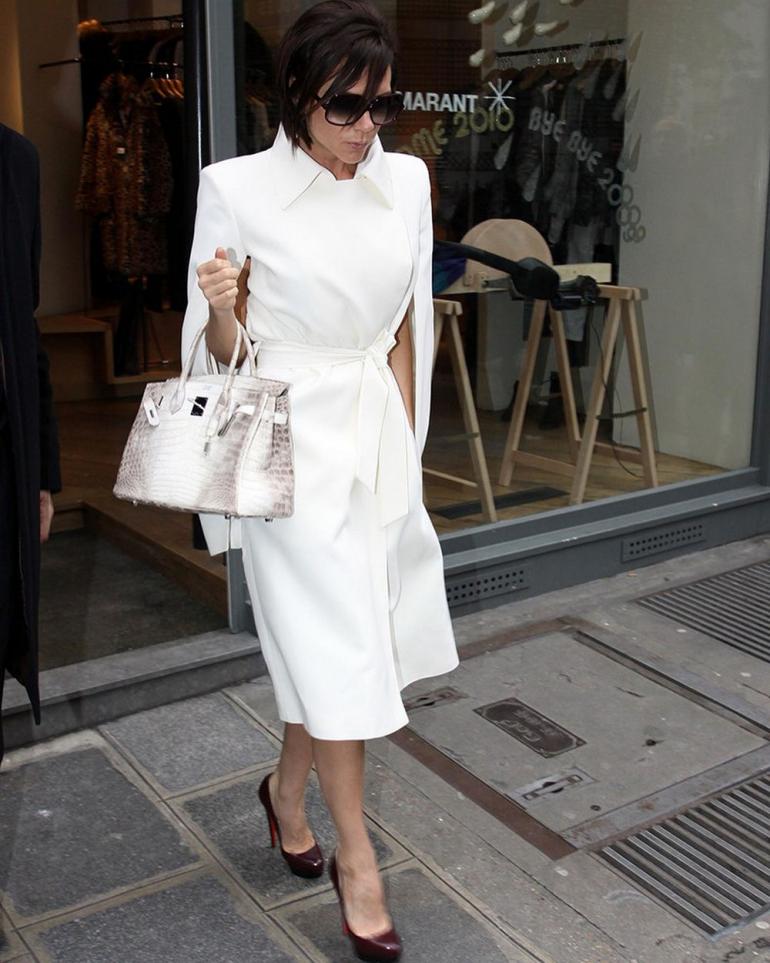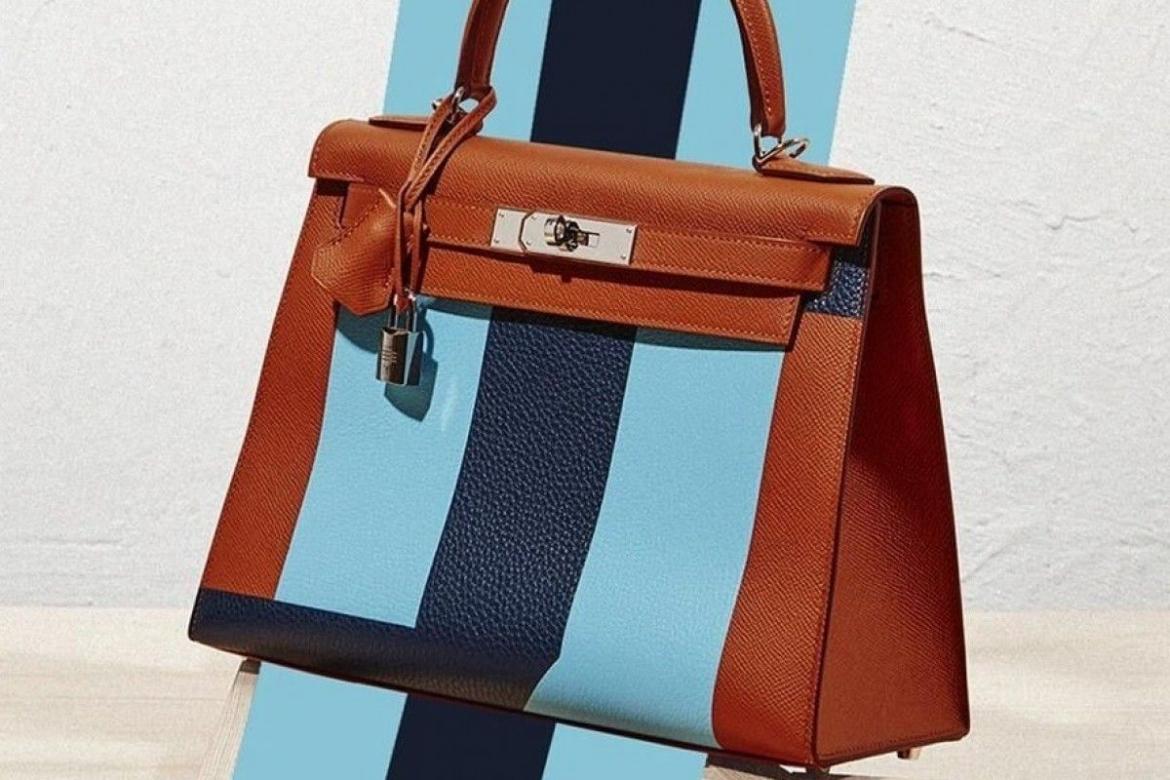It might sound incredible, but the most expensive brands in the world may be priced too cheaply. Pricing is one of the most challenging tasks for brands. Few get it right. Indeed, our research shows that many luxury brands are priced far too low – leaving a significant profit potential on the table.

Sound wrong? Take an example that may seem absurd at first glance: the most expensive omelette in the world, the Zillion Dollar Lobster Frittata, served at Norma’s restaurant at what was then called the Le Parker Meridien New York. A decade ago, I ran an analysis with a luxury pricing tool developed for my doctoral thesis and ran it on the omelette category simply for fun. I was astounded: although the omelette sold for US$1,000 at the time, the pricing algorithm indicated, by comparing the omelette with many other categories, that the price could easily be doubled. I remember calling the restaurant management to give them a free tip: double your price, and you will probably sell more.
That suggestion was ignored for almost 10 years. Then, when the price of caviar increased, the price of the omelette was adjusted – to the level I had indicated years earlier. The effect: the omelette, already famous, became a “celebrity”. It received an endless array of press coverage, and the journalists could not believe that anyone would buy an omelette at that price. They were wrong. Sales went up, proof that intuition is almost always wrong when it comes to setting the right price for a luxury item. It also shows that if brands don’t apply sophisticated luxury pricing tools, they risk leaving enormous profits on the table by pricing themselves too low. If the most expensive omelette was too cheap, then many other luxury items may also be too cheap – in many cases, far too cheap.

Why do women pay more for bags than men?
I am frequently asked why handbags for women seem to be more expensive than work bags or briefcases for men, especially when it comes down to comparing the amount of material used. Take the Hermès Birkin bag, starting at around US$9,000 and ending somewhere around half a million dollars for rare limited editions.

While Hermès also sells the Bolide 1923 at a price of around US$13,000, a baseball-inspired bag for men, most luxury men’s bags are priced between US$900 and US$2,500.
And if you compare those luxury men’s bags, often made of the highest quality leathers with meticulous attention to detail, you will find an astounding number of tiny women’s handbags from Gucci, Louis Vuitton, Christian Dior or Bottega Veneta that easily exceed US$5,000. Many of those bags are so small and unpractical that they are mostly used for special occasions. So why the high prices? Why does a little women’s bag often cost much more than a large men’s bag? Are luxury brands taking advantage of women?

Creating extreme value:
The answer taps into an aspect of luxury that is fundamental but yet often overlooked and, in its importance, regularly underestimated: the value of a luxury item. Alexandre Arnault, the son of LVMH founder Bernard Arnault and CEO of Rimowa, recently stated that he prefers not to use the word “luxury” because it is too mechanically connected to price, while quality should be in the centre. I believe that probably the most precise description for luxury is extreme value, which is, in part, driven by exceptional craftsmanship.

But there is more: an essential factor of creating extreme value is created by the story of a luxury brand or a specific product. Like the story of the Birkin bag that begins – according to the legend – with a joint flight of the late Jean-Louis Dumas, the former CEO and creative director of Hermès, and the British model and actress Jane Birkin. After an accident with the bag she was carrying, Dumas designed a bag for her that would be both practical and stylish. The entirely handmade bag has become the it-bag for celebrities and those who want to wear a “piece of history”.
Why is a used bag more expensive than a new one?
Despite the seemingly prohibitive price point, many brand fans actively collect new and vintage handbags alike. Singaporean socialite Jamie Chua’s collection exceeds 200 bags and is believed to be one of the largest in the world. She shows them off on her social media channels, always paired with her ever-changing outfits.
While production is estimated to be around 70,000 a year, it can take years to be “invited” to buy a Hermès Birkin, and used models on the second-hand market now exceed the price of a new bag by far, which indicates that an important value driver is the sheer instant availability of the bag. The value of a bag is estimated to increase by more than 10 per cent every year, outperforming most other investments.
I have conducted extensive research on why people buy luxury items, but in short when a person is associated with luxury, our perception improves. Studies have shown that people in a luxury setting are seen as more beautiful and attractive, independent of age, income and region. There are many reasons to assume that our self-image improves in the same way. It’s an archaic program, hard-wired into our brains.

My verdict:
A women’s handbag often becomes an important, if not the most critical luxury item a woman associates herself with – an incredibly defining item, with a value far beyond the materials, the craftsmanship or the size. When an item creates extreme value, people are willing to pay the price. Underestimating that makes many luxury brands too cheap. And the fact that used Birkin bags cost more than new ones indicates that even that iconic bag is priced too low.
A men’s workbag, in contrast, is often bought for more functional reasons and used on fewer occasions – to and from work. As a result, the individually perceived value often is lower compared to a women’s handbag. The willingness to pay is more moderate unless brands figure out the same logic for men’s bags than for women’s bags. I predict that prices for men’s bags will increase along with increased value if brands get it right.

The story of the Birkin bag underlines that luxury is, first and foremost, the ability of extreme value creation. The value is driven by the personal importance of the item, by the desire for it and by a good story. The better the brand’s story, and the more intriguing it is, the higher the desire. This also explains why it is so crucial for luxury brands to be influential and inspiring. But this will have to wait for another column.
Note: This story was originally published on SCMP and has been republished on this website.

